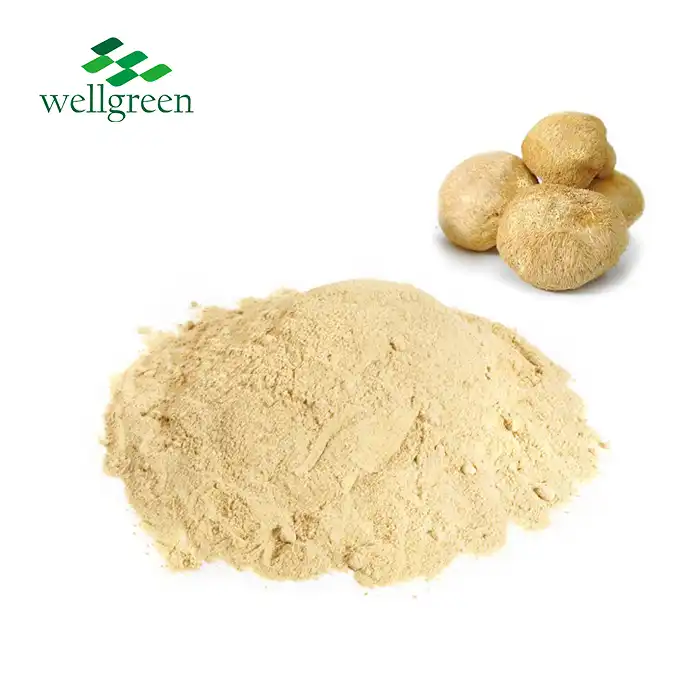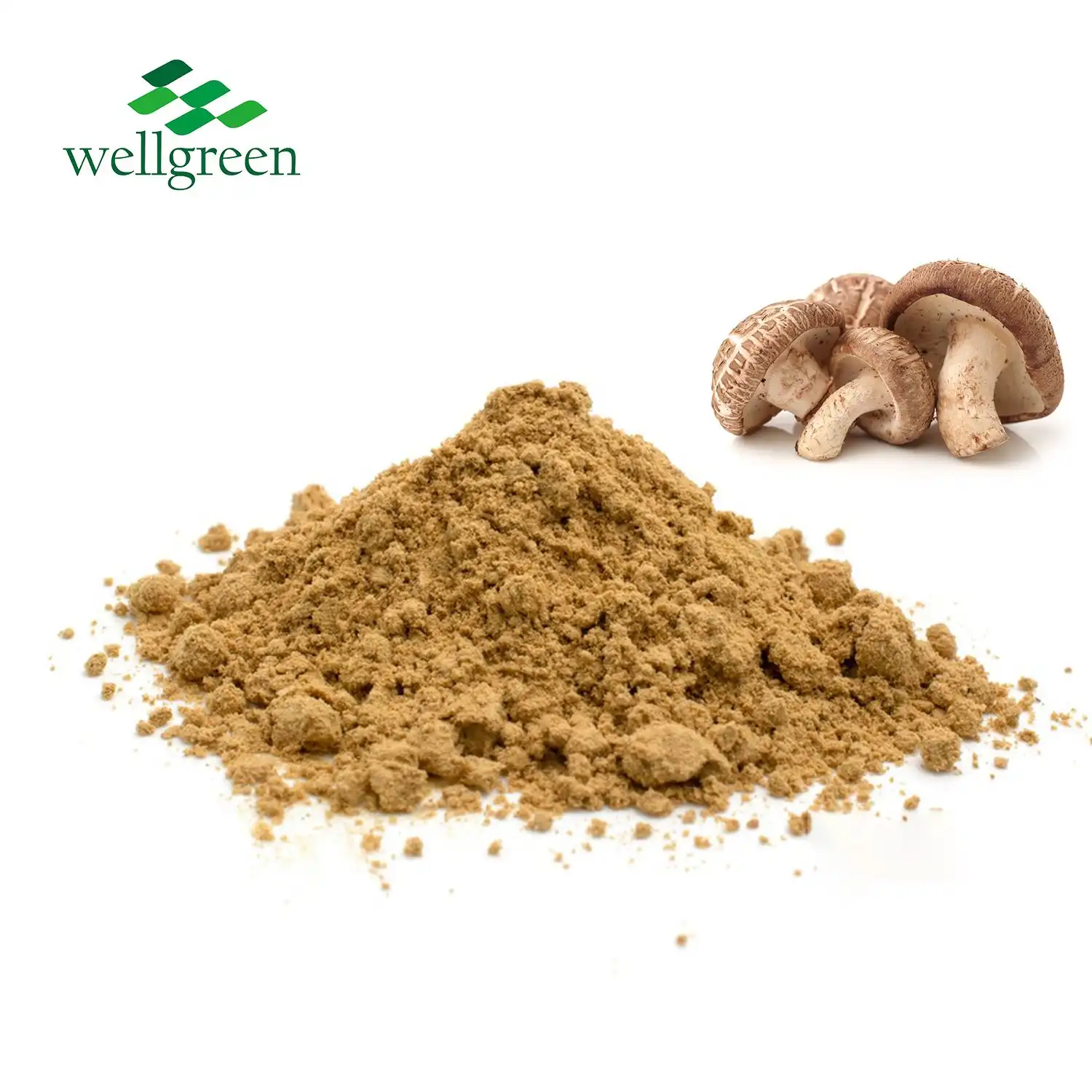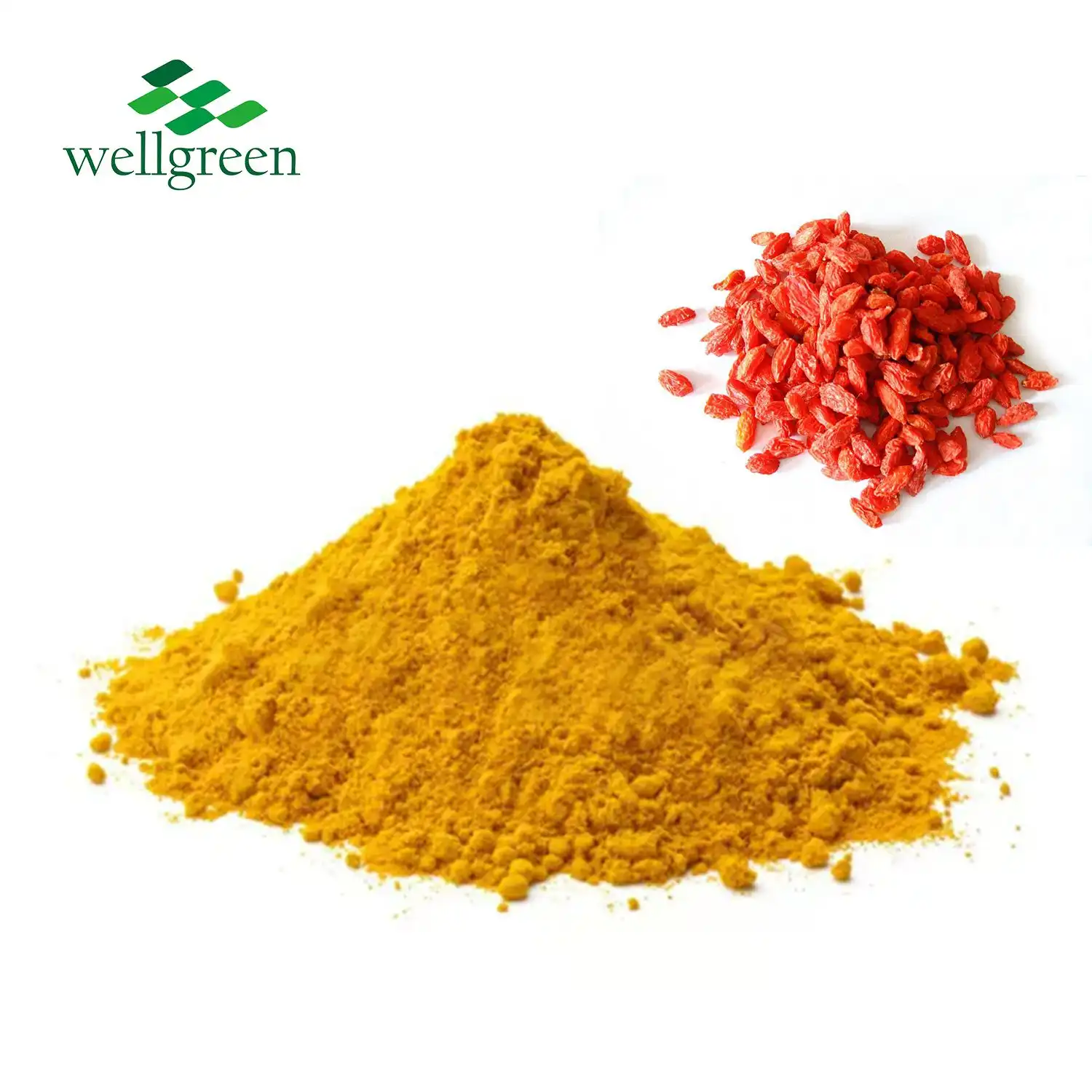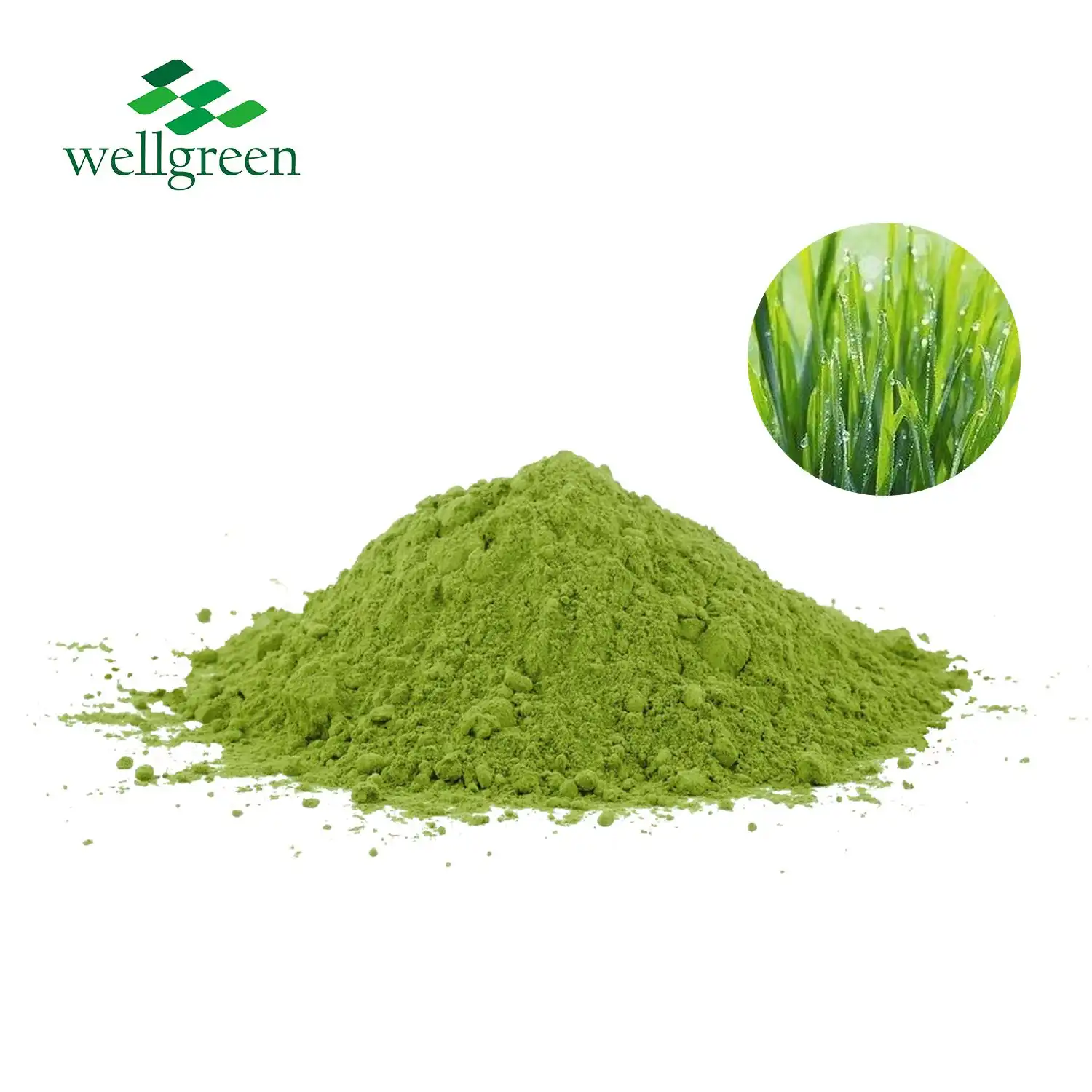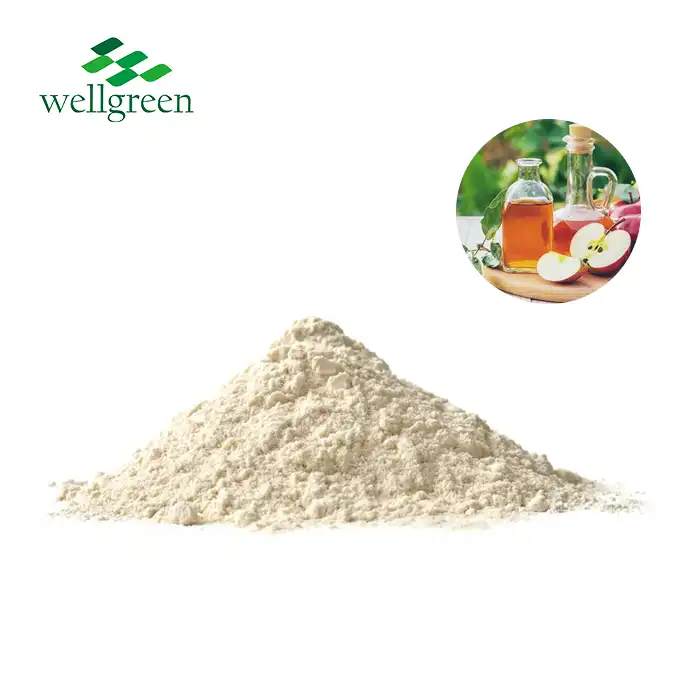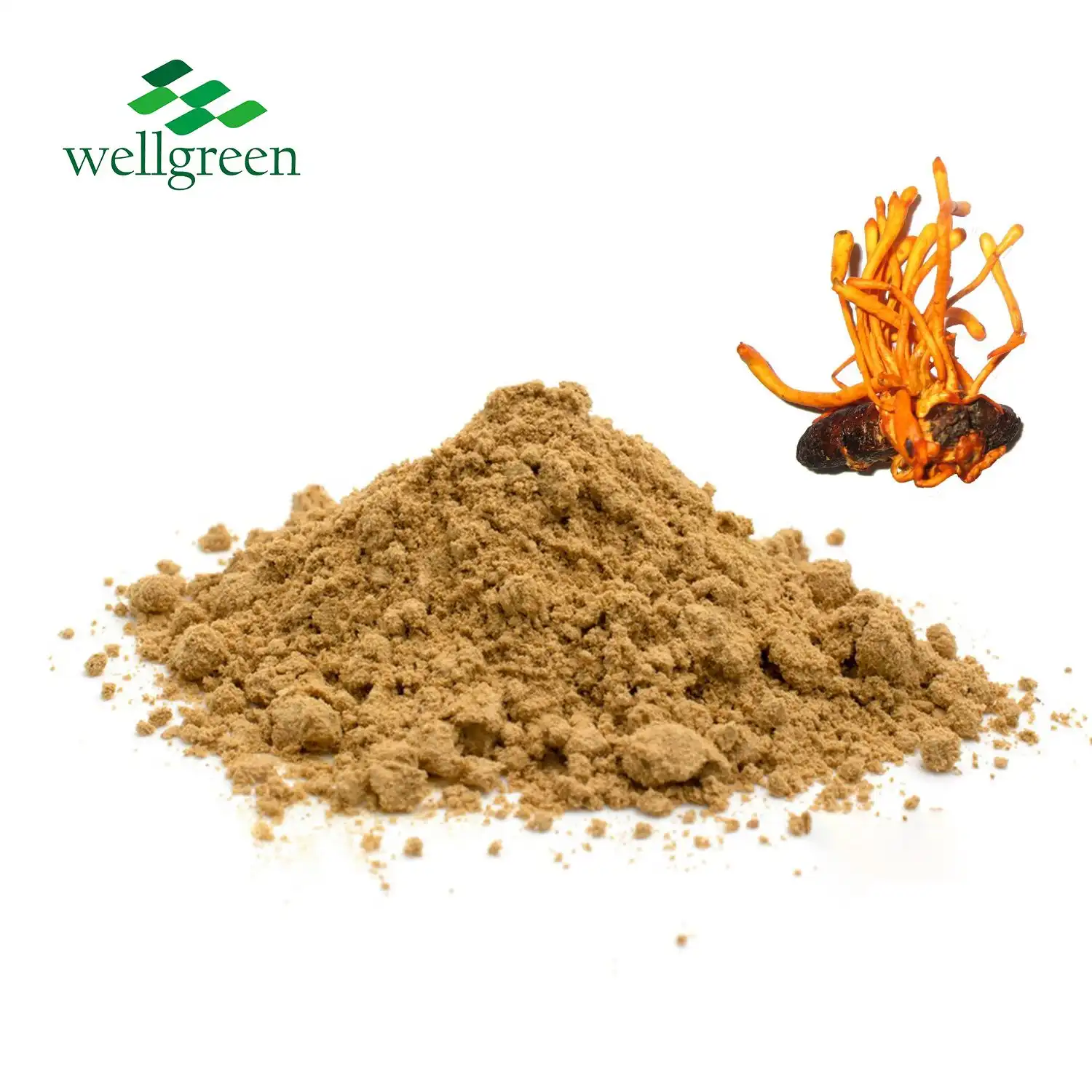How Mogroside is Extracted from Monk Fruit: Explained
2025-07-30 13:31:48
Mogroside extraction from monk fruit involves a sophisticated process that combines traditional methods with cutting-edge technology. The journey from raw fruit to pure mogroside powder encompasses several stages, including fruit selection, crushing, extraction, filtration, and purification. Advanced techniques such as ultrasonic-assisted extraction and supercritical fluid extraction have revolutionized the process, enhancing efficiency and yield. Quality control measures ensure consistent purity and potency of the final product, meeting strict industry standards. This intricate process results in a natural, zero-calorie sweetener that's up to 300 times sweeter than sugar, making mogroside monk fruit extract a valuable ingredient in the food and beverage industry.

What Are the Main Steps in Mogroside Extraction?
Fruit Selection and Preparation
The mogroside extraction process starts with the careful selection of fully ripe monk fruits, as their maturity directly affects the mogroside concentration. Only fruits that meet strict quality criteria - free from damage, disease, or immaturity - are selected. After selection, the fruits undergo thorough washing to eliminate any soil, pesticide residues, or other contaminants. The cleaned fruits are then dried under precisely controlled temperature and humidity conditions to preserve active compounds. Proper drying not only prevents microbial growth but also concentrates the mogrosides, making the fruit more suitable for efficient and consistent extraction in later stages.
Initial Extraction Techniques
After drying, the monk fruits are mechanically crushed or finely ground into powder to maximize surface area exposure. This step is essential to facilitate efficient penetration of the extraction solvent. The powdered monk fruit is typically mixed with a food-grade solvent such as water or a water-ethanol solution. This solvent system helps dissolve water-soluble bioactive compounds, including mogrosides. The mixture is then agitated and sometimes gently heated to enhance solubility. Following extraction, the solution is filtered to remove solid residues, producing a crude extract rich in mogrosides, mogroside powder, and other plant-derived constituents for further processing.
Advanced Extraction Methods
To improve efficiency and purity, advanced technologies are applied during mogroside extraction. Ultrasonic-assisted extraction uses high-frequency sound waves to create microscopic cavitation bubbles that disrupt plant cell walls, enhancing mogroside release. Microwave-assisted extraction, on the other hand, rapidly heats the fruit-solvent mixture using electromagnetic energy, accelerating diffusion and solvent penetration. These techniques significantly reduce extraction time and solvent usage while increasing yield and preserving bioactive integrity. Both methods represent sustainable innovations in natural product processing and are increasingly adopted in commercial production to ensure high-quality monk fruit extracts with maximum mogroside content.
Solvent-Free Techniques and Purification Methods
Supercritical Fluid Extraction
Supercritical fluid extraction (SFE) is an innovative, solvent-free method for extracting mogrosides. This technique uses carbon dioxide in its supercritical state - a condition where it exhibits properties of both a liquid and a gas. Supercritical CO2 can penetrate the fruit material efficiently, selectively extracting mogrosides without leaving any solvent residues. This method is particularly advantageous for producing high-purity mogroside powder.
Membrane Filtration Technologies
After initial extraction, the resulting liquid undergoes a series of filtration steps. Advanced membrane technologies, such as ultrafiltration and nanofiltration, are employed to separate mogrosides from other compounds. These methods use semi-permeable membranes with specific pore sizes to selectively allow certain molecules to pass through while retaining others. This process helps in concentrating the mogroside content and removing impurities.
Chromatographic Purification
To achieve the highest level of purity, chromatographic techniques are often used in the final stages of mogroside purification. High-performance liquid chromatography (HPLC) or macroporous resin chromatography can effectively separate different types of mogrosides based on their molecular structure. This step is crucial for isolating specific mogrosides, such as mogroside V, which is primarily responsible for the intense sweetness of monk fruit extract.

Quality Control and Standardization in Industrial Production
Analytical Testing Methods
Rigorous quality control is essential in the industrial production of mogroside monk fruit extract. Analytical techniques such as HPLC, mass spectrometry, and nuclear magnetic resonance spectroscopy are used to verify the purity and composition of the extract. These methods can accurately quantify the content of different mogrosides and detect any potential contaminants. Regular testing ensures that each batch of mogroside powder meets the required specifications.
Standardization Processes
To maintain consistency across different production batches, standardization processes are implemented. This involves adjusting the concentration of mogrosides to achieve a specific sweetness level. Standardization may also include blending different batches to achieve a uniform product. The goal is to produce a mogroside powder that delivers consistent sweetness and quality, meeting the expectations of food manufacturers and consumers alike.
Compliance with Regulatory Standards
The production of mogroside monk fruit extract must adhere to strict regulatory standards. This includes compliance with Good Manufacturing Practices (GMP) and food safety regulations. Manufacturers must ensure that their extraction and purification processes meet the requirements set by food safety authorities in different countries. Documentation of each production step, from raw material sourcing to final product testing, is maintained to demonstrate regulatory compliance.
Conclusion
The extraction of mogrosides from monk fruit is a complex process that combines traditional methods with cutting-edge technologies. From careful fruit selection to advanced purification techniques, each step is designed to maximize yield and ensure product quality. The use of solvent-free methods and rigorous quality control measures results in a high-purity mogroside powder that meets strict industry standards. As demand for natural, zero-calorie sweeteners continues to grow, the refined process of mogroside extraction plays a crucial role in providing a sustainable and healthy alternative to sugar.
Contact Us
For more information about our mogroside monk fruit extract and mogroside powder products, please contact us at wgt@allwellcn.com. Our team of experts is ready to assist you with any questions and help you find the perfect solution for your sweetening needs.
References
1. Li, C., et al. (2014). Extraction and purification of mogrosides from Siraitia grosvenorii fruits: A review. Food Chemistry, 152, 721-729.
2. Qi, X., et al. (2018). Recent advances in the analysis and applications of mogrosides. Molecules, 23(2), 401.
3. Wang, Y., et al. (2015). Extraction optimization of total triterpenoids from Siraitia grosvenorii fruits using response surface methodology and evaluation of its antioxidant and antitumor activities. Molecules, 20(11), 20486-20502.
4. Chen, W., et al. (2016). Supercritical carbon dioxide extraction of mogrosides from Siraitia grosvenorii and its antioxidant activity. Journal of Food Engineering, 185, 18-25.
5. Zhang, X., et al. (2017). Membrane technology in the extraction and concentration of natural sweeteners from Siraitia grosvenorii: A review. Critical Reviews in Food Science and Nutrition, 57(7), 1438-1447.
6. Liu, C., et al. (2019). Quality control and evaluation of the extraction process of mogrosides from Siraitia grosvenorii fruits. Molecules, 24(9), 1712.

